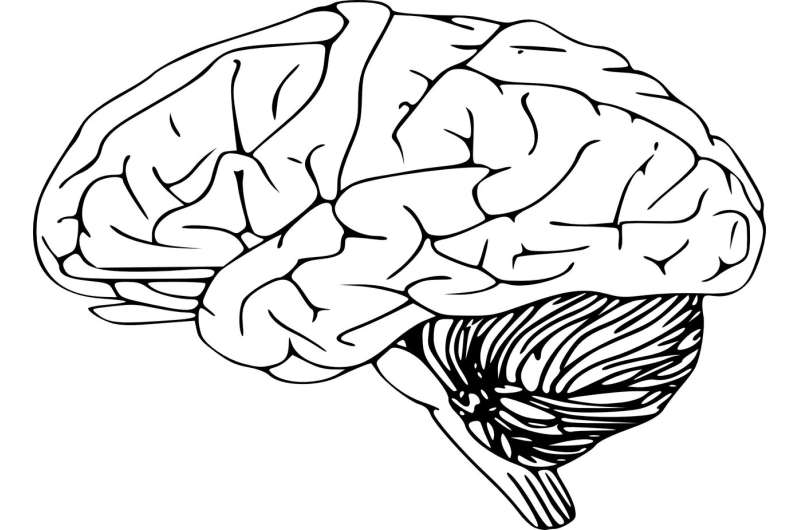A new strategic plan for accelerating, integrating and translating neuroscientific breakthroughs

A self-organizing community of over 200 scientists from more than 100 institutions around the world came together online for a week this past April to explore the gap between basic science and the next-generation clinical advances sought for serious mental and neurological illnesses in humans.
A new paper published in the journal Neuron outlines the collaboration-based strategic plan that resulted from this meeting of the PRIME-DRE (PRIMatE Data and Resource Exchange) Global Collaboration Workshop, a follow on from the original meeting in 2019, which was held at the Wellcome Trust in London. This diverse consortium believes that non-human primate brain imaging is the keystone to connecting promising but untranslatable discoveries in other animal models to practical application in human neuroscience.
This bold plan brings together the diverse expertise, data and tools of the neuroscientific community using open science principles to break down barriers to collaboration between fields.
The maturing field of nonhuman primate brain imaging is suited to bridge neuroscientific studies across species (e.g., from rodent to nonhuman primates to humans) and across different frames of reference (e.g., from cells and proteins to large-scale functional networks). Creating such linkages means researchers can address longstanding gaps in evolutionary perspectives of the human brain and improve our understanding of how mental and neurological illnesses arise across the lifespan. Excitingly, such work also provides a means of translating methods for manipulating brain circuits in small lab animals (e.g., optogenetics, chemogenetics, invasive and non-invasive brain stimulation) to humans and promises to deliver a new generation of diagnostics and therapeutics.
"Bringing cutting- edge data sharing methods and analytical tools to non-human primate imaging may be the key to translating decades of neuroscientific and technological advances into clinical useful tools for neurology and psychiatry," says Michael P. Milham, MD, Ph.D., vice-president of research and Phyllis Green and Randolph Cōwen Scholar at the Child Mind Institute, and organizer of PRIME-DRE. "Non-human primate imaging is a steppingstone from mouse models to humans, and vice versa. And there's so many data already collected—it just sits in a silo. Following this collaborative strategic plan and applying the open science revolution to this area may be the catalyst needed to one day deliver novel therapeutics for serious mental illness to the clinics."
Central to the success of the strategic plan are open science and collaboration. In the Neuron paper, the authors highlight the need to continue efforts to reduce redundancies, increase transparency, rigorously compare methods, and improve reproducibility. Encouraging collaboration between different disciplines in neuroscience—and developing tools that meaningfully bring together open data from disparate areas—may lead to rich in silico models of the brain that could minimize the need for animal studies. These cultural changes aim to maximize usage of existing nonhuman studies and are well-aligned with the principles of the 3Rs (Replacement, Reduction and Refinement), which were developed more than half a century ago to provide a framework for performing more humane animal research.
The PRIME-DRE Global Collaboration Workshop, along with the PRIMatE Data Exchange (PRIME-DE) and PRIMatE Resource Exchange (PRIME-RE) upon which it was motivated, are the most recent products of a larger movement in the neuroimaging community to accelerate scientific discovery through open science. This movement is led by the International Neuroimaging Data-sharing Initiative (INDI), which is based at the independent, non-profit Child Mind Institute. Since 2010, INDI has helped implement open science in the human neuroimaging community through efforts such as the 1000 Functional Connectomes Project, ADHD-200, Autism Brain Imaging Data Exchange (ABIDE), the Consortium for Reliability and Reproducibility (CoRR), the NKI-Rockland Sample and the Child Mind Institute Healthy Brain Network. In 2018, the focus of INDI expanded to the nonhuman imaging community, where the yield of open science and collaboration may prove to be even greater.
More information: Michael Milham et al, Toward next-generation primate neuroscience: A collaboration-based strategic plan for integrative neuroimaging, Neuron (2021). DOI: 10.1016/j.neuron.2021.10.015


















